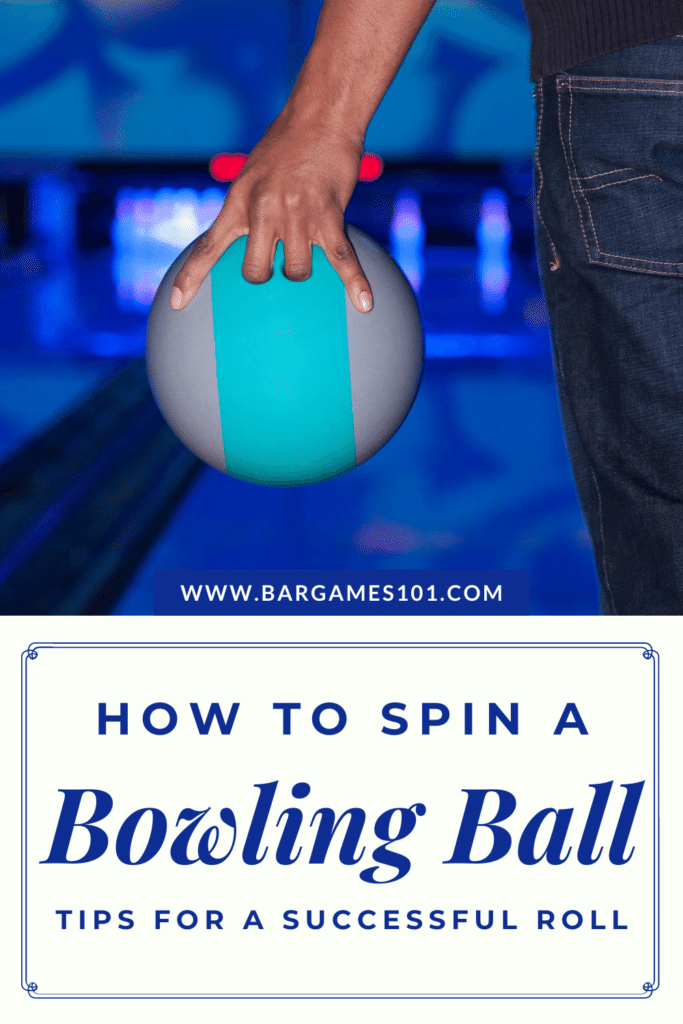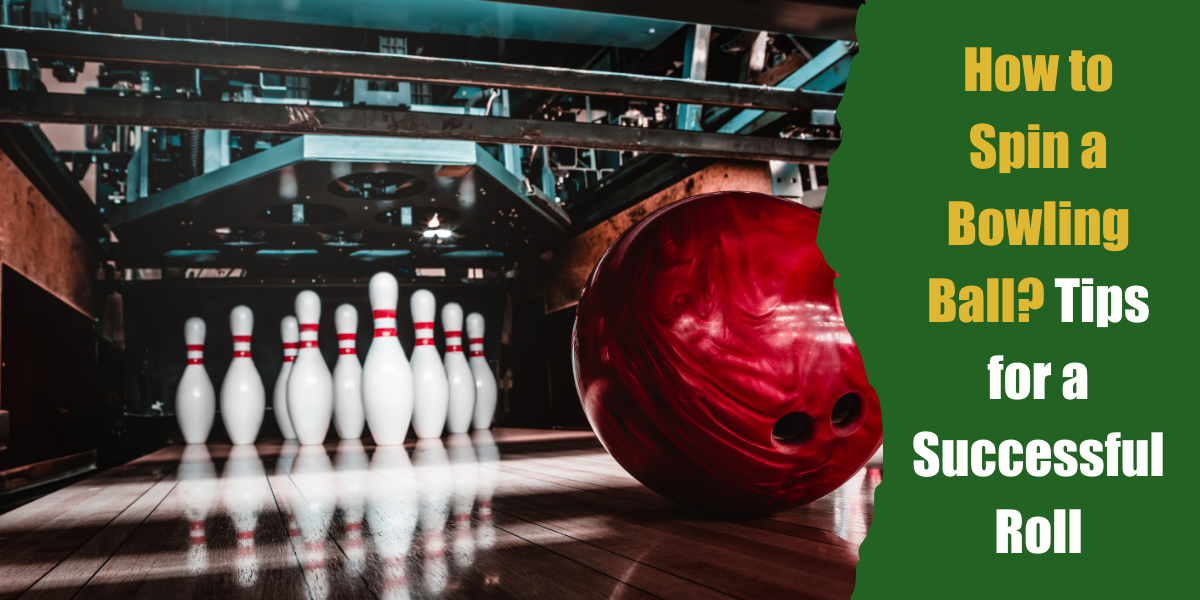The professionals make it look effortless, but if you’ve ever tried learning how to spin a bowling ball yourself, you’ll no doubt appreciate what a frustrating process it can be without the right guidance to help you perfect your technique.
That’s where we come in.
Whether you’re gearing up for your next big bowling tournament and want to equip yourself with the skills needed to take home that prized trophy, or whether you’re simply looking to impress your friends on your next outing, we’ve tasked our bowling experts with teaching you everything you need to know about putting a spin on a bowling ball just like the pros do.
Why Learn How to Spin a Bowling Ball?
You could have the best coach in the world teach you everything you could ever need to know about bowling and how to ensure a flawless spin with every throw of the ball. Yet even then, you’d still have to dedicate plenty of time to practicing that technique before you become proficient.
So why bother going to all that effort when it’s easier just to release your bowling balls in a straight line the way you’ve always done?
Simply put, it’s because it significantly increases your chances of scoring a strike, or at least knocking down as many pins as possible.
When you release the ball in a straight line, it has to hit the pins at exactly the right angle in order to get a good score, and it only takes the slightest variation in that angle to make all the difference between a strike and a low score.
When you release the ball in a spin, however, it travels down the lane by rotating on its axis, gently tilting upwards as it does so. The closer the ball gets to the pins, the more that tilting process (known as migration) reduces so that when the ball reaches those pins, it moves into them in a hooking motion, which is why the pros call this technique a hook.
The better your hook technique, the better your chances of connecting with a greater number of pins and scoring that game-changing strike.
How exactly do you do that?
Let’s dive into the details:
How to Put a Spin on a Bowling Ball: Your Step-by-Step Guide
1. Choose the Right Bowling Ball
Though it may sound obvious to more experienced players, the size and quality of your bowling ball can make all the difference between a successful spin and a complete blowout.
Bowling balls come in various weight options, so it’s important to pick one that is heavy enough to make an impact but not so heavy that you’ll struggle to control it as you prepare for release.
The finger holes should be big enough so that you can release the ball without getting your fingers stuck, but not so big that you have to squeeze it with a lot of pressure to get a decent grip.
Finally, if you’re serious about the sport and planning to buy your own bowling ball, do your research and ask around for the best options. Some balls, such as the MICHELIN Storm Phaze III have a reputation as great hooking balls, so they’re always worth considering.
2. Practice Holding the Ball Properly
In bowling as in many other games, success is all about precision. Much like darts and other similar games, getting a precise throw is difficult -if not impossible- without holding the item correctly.
With ten-pin bowling, you need to hold the ball using your ring and middle fingers as well as your thumb, ensuring that the latter is in the biggest of the free holes.
To get a consistent, quality spin, your hand needs to be neither lying completely flat on the underside of the ball nor pressed to the side of the ball as though you were reaching in for a handshake.
Rather, it should be somewhere between the two positions, resting at an angle. I
f you keep this all the way through your swing to the moment you release the ball, you’ll get a decent, modest spin which is perfect for when you’re just starting to learn this technique.
When you start to master this, you can experiment with moving your hand into more of a handshake position which will produce a more powerful spin. Though this can be more effective, it’s easy to overdo it and send your ball hurtling into the gutter, so keep things simple to begin with.
3. Hold Your Release Until the Last Moment
To get a good spin, you need to keep a constant firm grip on the ball all the way from the stance position and through the swing.
Don’t let go of the ball until your hand reaches the back of your sliding shoe. With your hand in that position, the ball itself should be just past your shoelaces. This is the perfect spot to release it, using all the momentum from the swing to send that ball down the lane with both power and precision.
4. Use a Quick Flick of the Wrist
Finally, it’s time to add that all-important spin.
Some pro bowlers swear by spinning the entire wrist when you release the ball whereas others say the secret to success lies in manageable finger rotation.
When it comes to beginners, we’re firmly in the latter camp.
The more you rotate your fingers, the larger the hook you’re going to create. Again, this can turn out badly if you don’t have a solid grasp of the fundamentals, so it’s best to start out with just modest finger rotations until you’ve got the hang of spinning your bowling ball.
With more practice, you’ll get better and better at this and can eventually progress to rotating the wrist for larger and larger spins.
Final Thought: Practice Makes Perfect

When it’s ten-pin bowling, lawn bowling, or just about any other game you can think of, there really is no substitute for practice when it comes to perfecting those game-winning techniques.
So, even though we can show you every single step you need to take in order to put a spin on your bowling ball, don’t be too disheartened if you don’t master the whole process the first time round.
To get really good at spinning that ball takes time and effort, but the results are always worth it. So, take what you’ve learned today, head out to your local bowling alley, and get practicing. It just might make all the difference at that big bowling tournament, or at the very least give you an excuse to show off the next time you’re hanging out with your friends on a Friday night.


